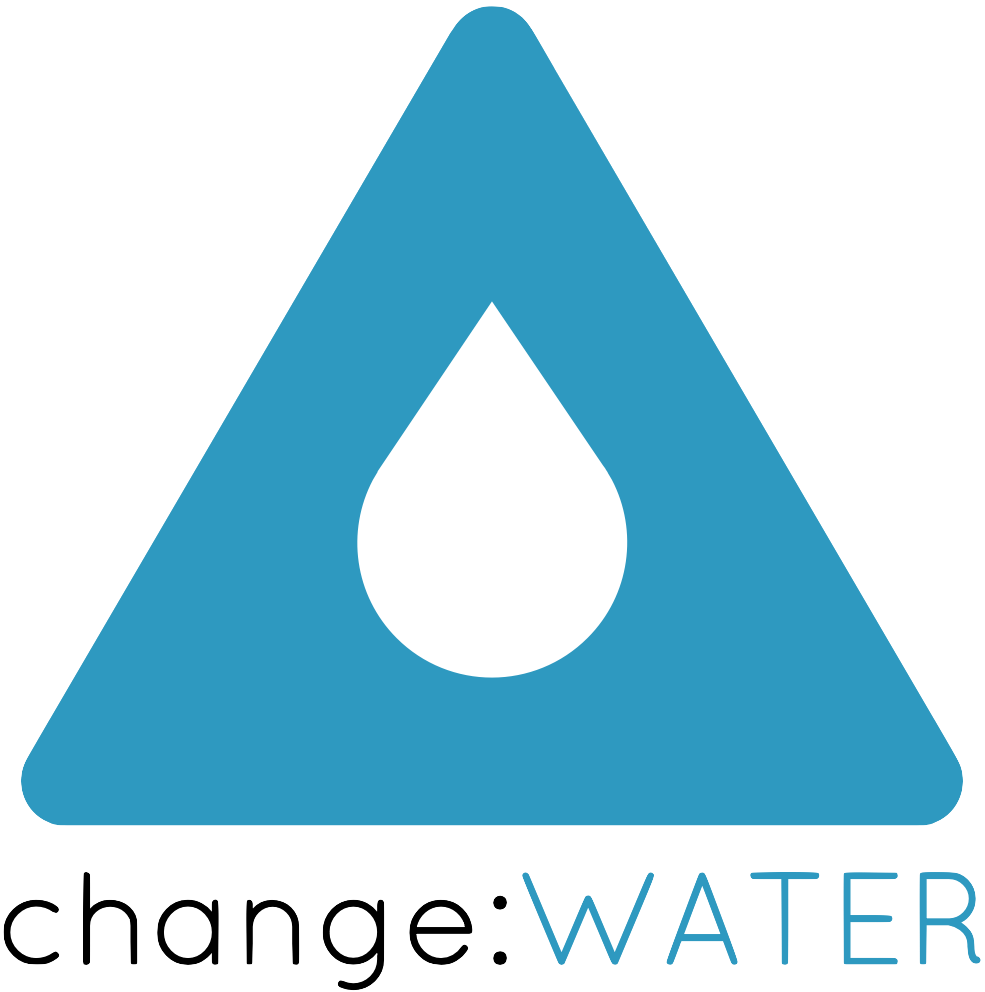40% of the world lacks access to safe sanitation, and this impacts every aspect of their lives and their future prospects. Poor sanitation traps them in poverty and hopelessness.
The lack of a dignified toilet in fact perpetuates poverty and vulnerability.
Poor Health
Poor sanitation causes of 80% of all infectious disease, 4% of deaths globally, and takes the life of one child every 20 seconds, while many others suffer developmentally from chronic infections that lead to malnutrition, stunting, and more.
When flushing isn’t an option, the alternatives are dumping or hauling which are dangerous and costly, in terms of health and the cost of removing raw sewage. It means aggressive and chronic illness, and child death tolls that are far too high.
1,500 children a day die from diarrhea that is mainly caused by that lack of sanitation. Over 800 of them are under five years old.
Stunted education
More immediate problems exist specifically for women and girls.
At least 20% of girls drop out of school due to lack of safe, private toilets.
This in turn contributes to increased rates of early marriage and teen childbearing, thus likely trapping these girls in lives of poverty and dependence on men. Even for a girl who persists with her education into puberty, the lack of toilets in her school likely means she misses one week of school out of every month when she has her period.
Sanitation-related violence
Worldwide, 1-in-3 females lacks safe toilet access. Studies have shown that girls are 50% more likely be raped or sexually assaulted when they don’t have a toilet in their home as they have to use public toilets. Women and girls spend 97 billion hours a year trying to find a place to safely defecate. Publicly shared toilets are usually far and dirty. When some close at night, options become limited.
Often, women and girls have little choice but to wait until dark to go in order to have some privacy, but are then more susceptible to assault and violence (not to mention other risks, such as snake bites). For example, in Uttar Pradesh, 60% of reported gender-based violence is sanitation-related.
Environment
By 2030, 50% of the global population won’t be able to flush, either because they lack toilets or pipes. A planet of 10 billion people can’t continue to flush, using 50 to 200 times the amount of clean water to as flushed sewage.
Currently, where people have no access to safe, dignified sanitation, they often resort to open defecation or so-called “flying toilets” (defecation in a plastic bag that is then discarded in the street). These and other current practices are extremely dangerous to the users, their families, their communities, and their environment.
Displacement
One-percent of the world’s population (>65MM) are officially considered refugees, and this doesn’t include the many, many more “unofficial” refugees—those displaced by conflict, poverty, climate change and natural disaster. By some counts, 1 billion people live in impermanence. The lack of sanitation infrastructure can be especially harsh for these populations, and their impact on their local environments in turn can have a negative impact on their host communities and countries.
In many camps and disaster-relief arenas, aid agencies struggle to mount effective and acceptable responses to the immediate pressures of providing safe sanitation. And with the growing population of forcibly displaced peoples (due to conflict, poverty, climate change and disaster), these agencies are desperate for immediately deployable, drop-in solutions that ensure hygienic, low-cost, low-requirement sanitation and that don’t strain local resources.

